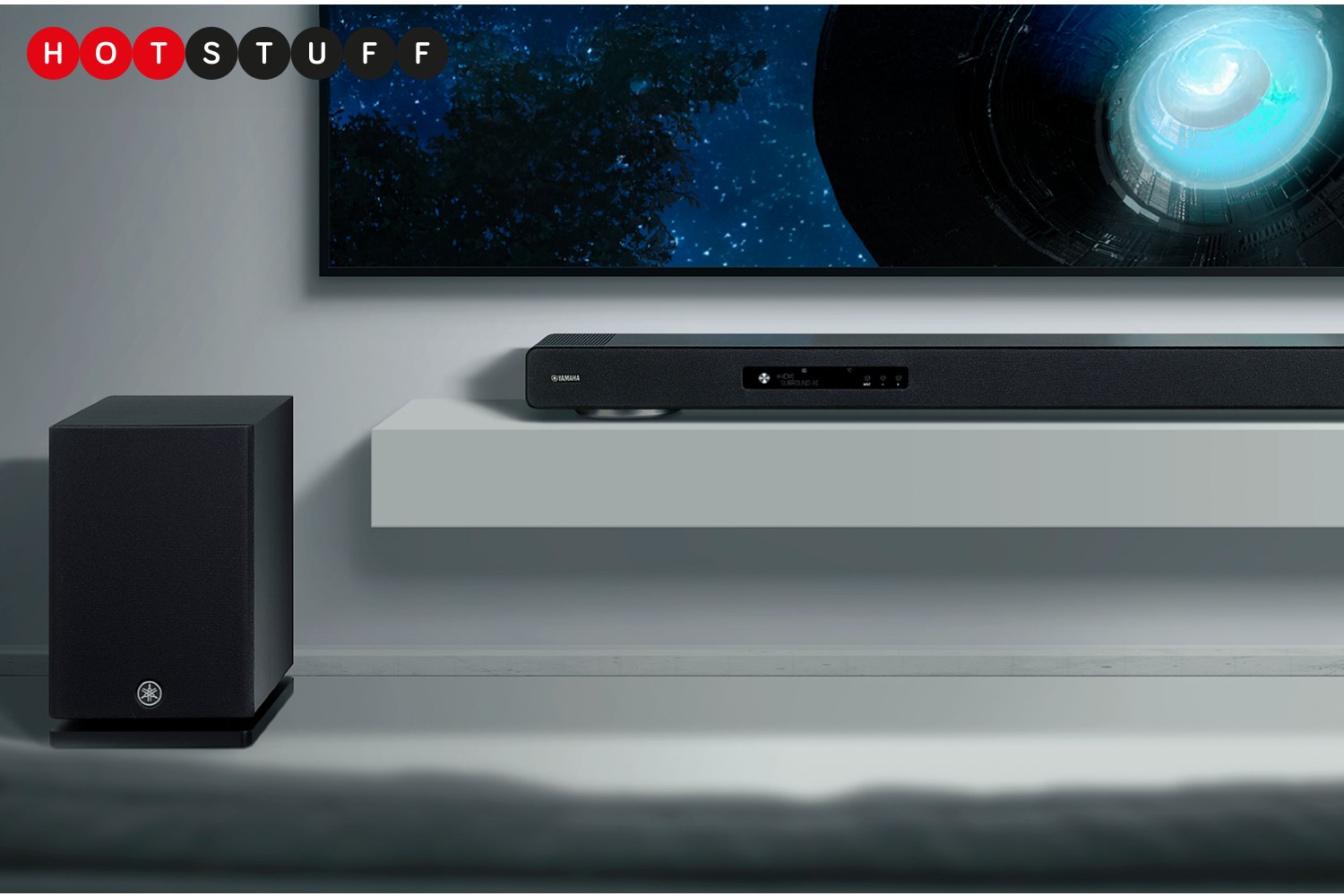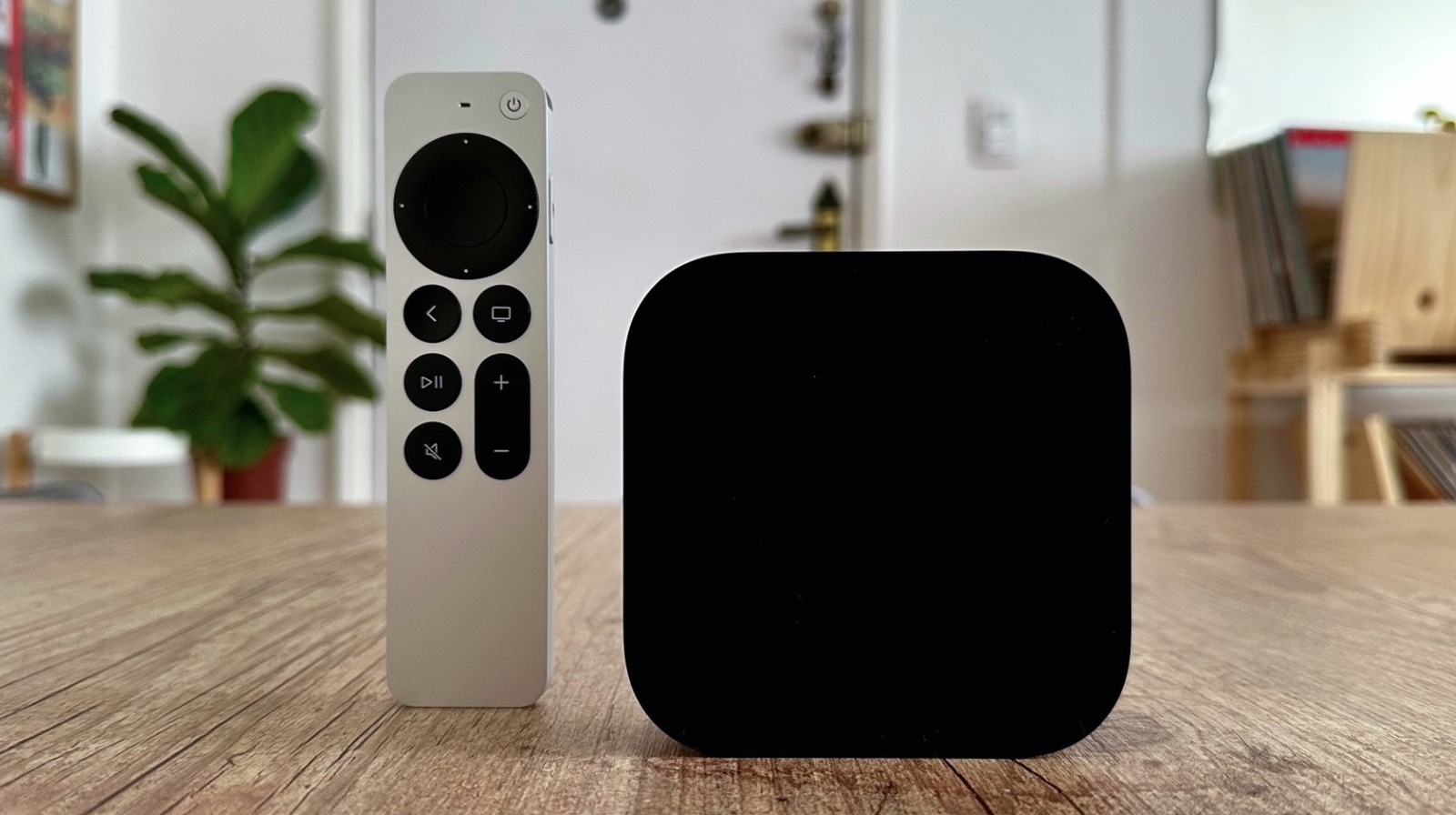HyperX is introducing two new “studio-quality” gaming mics—the $230 FlipCast Microphone, which features XLR connectivity alongside USB, and the more modest $60 SoloCast 2 Microphone. Both mics launch this August, though HyperX hasn’t specified the exact launch date.
The FlipCast Microphone appears to be inspired by classic broadcast mics like the Shure SM7B. It’s a dynamic mic with a cardioid polar pattern, meaning that it rejects a lot of room noise and off-axis noise. This makes it a strong option for podcasters who want clean audio during interviews or gamers who want to cut out keyboard noise during their streams, though you need to keep the microphone close to your mouth (a distance of about 6 inches or less) during use. Naturally, the mic has a built-in swivel arm that can attach to a boom or stand, so it’s very easy to maintain proper positioning so long as you have a free hand.
But unlike traditional broadcast microphones, the FlipCast comes with a bunch of super-accessible quality of life features—a built-in headphone output, a multifunction wheel that lets you adjust mic gain or control a monitor mix, a tap-to-mute button, and a couple of onboard audio filters (a voice clarity mode, a high-pass filter). There’s adjustable RGB lighting, too, and the LEDs function as an input level meter during recording.
You can use the FlipCast over USB or XLR, though tap-to-mute only works over USB. I should also note that this mic supports 32-bit recording at up to 192kHz when in USB mode. Sample rate and bit depth in XLR mode is determined by your audio interface.
As for the cheaper SoloCast 2—it’s a cardioid condenser mic with a built-in tabletop stand, sort of like the classic Blue Yeti. It will naturally pick up more room noise than your typical dynamic microphone, though it doesn’t need to be placed very close to your mouth, so it may be an easier or more convenient solution than something like the FlipCast. Just turn it on and start talking.
HyperX packed a bunch of nice features into the SoloCast 2, like an LED status indicator, a tap-to-mute button, voice enhancement filters, and a 5/8″ thread (in case you ever want to attach it to a mic stand). It records 24-bit 96kHz audio, which is more than acceptable for professional applications.
Because this is a tabletop mic, it may pick up vibrations from your desk or table. But it has a built-in suspension system to reduce the impact of vibrations, plus a “reduce rumble” sound mode, so I doubt that vibration will be a serious issue so long as the mic isn’t touching your keyboard.
The FlipCast and SoloCast 2 microphones sell for $230 and $60, respectively. They should be available from HP’s online store and the HyperX website in August, though HyperX hasn’t specified an exact launch date.
Source: HyperX









